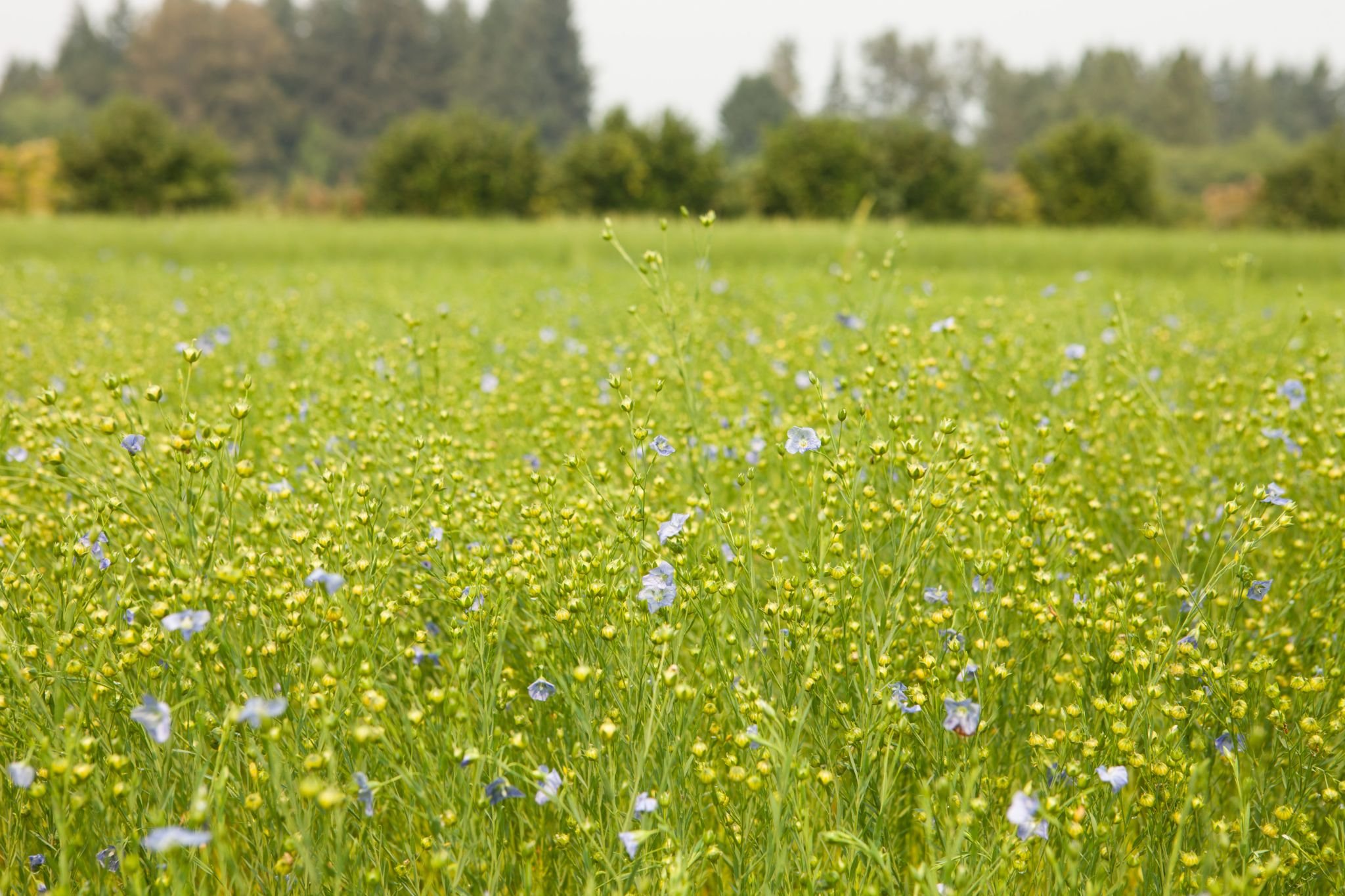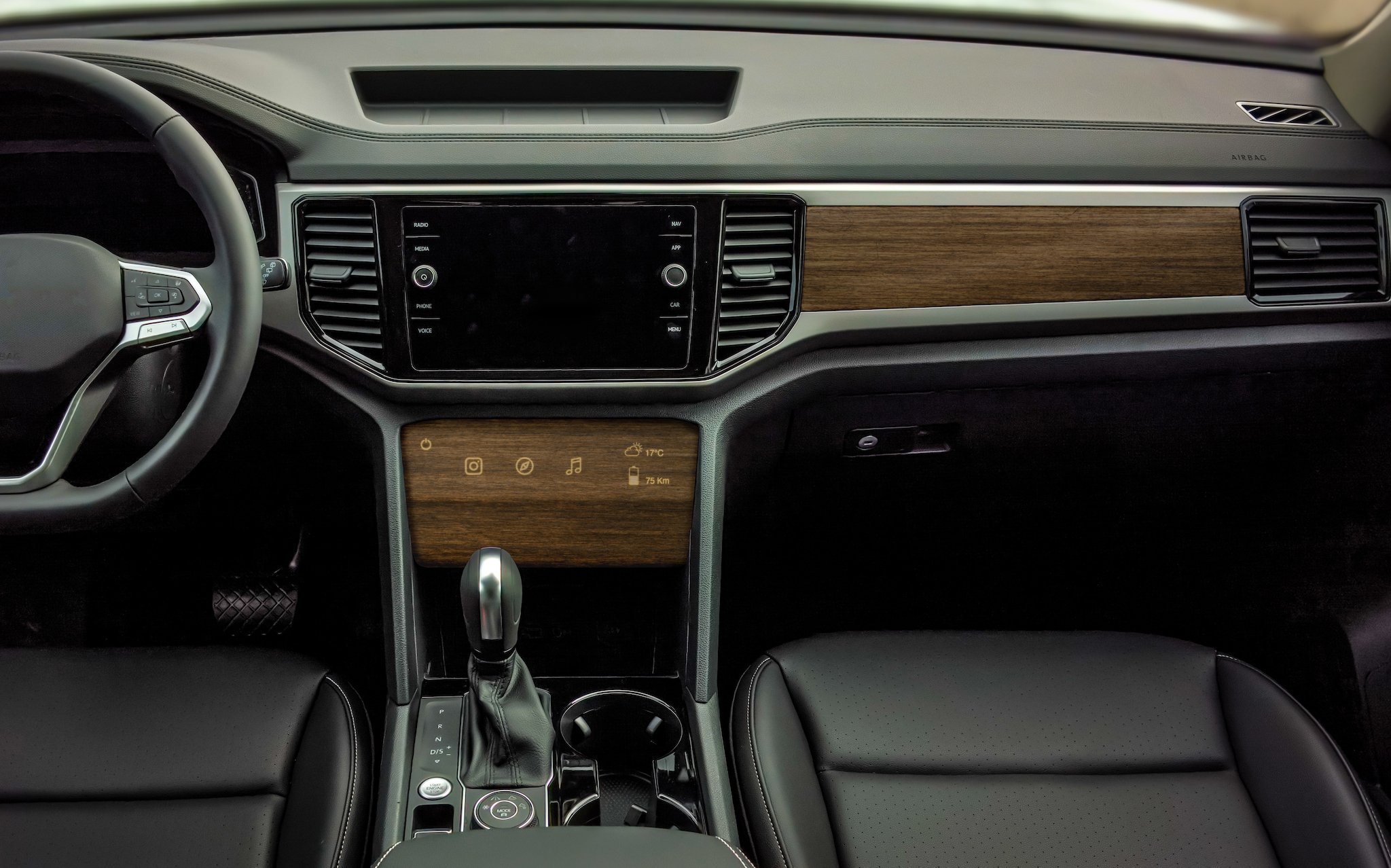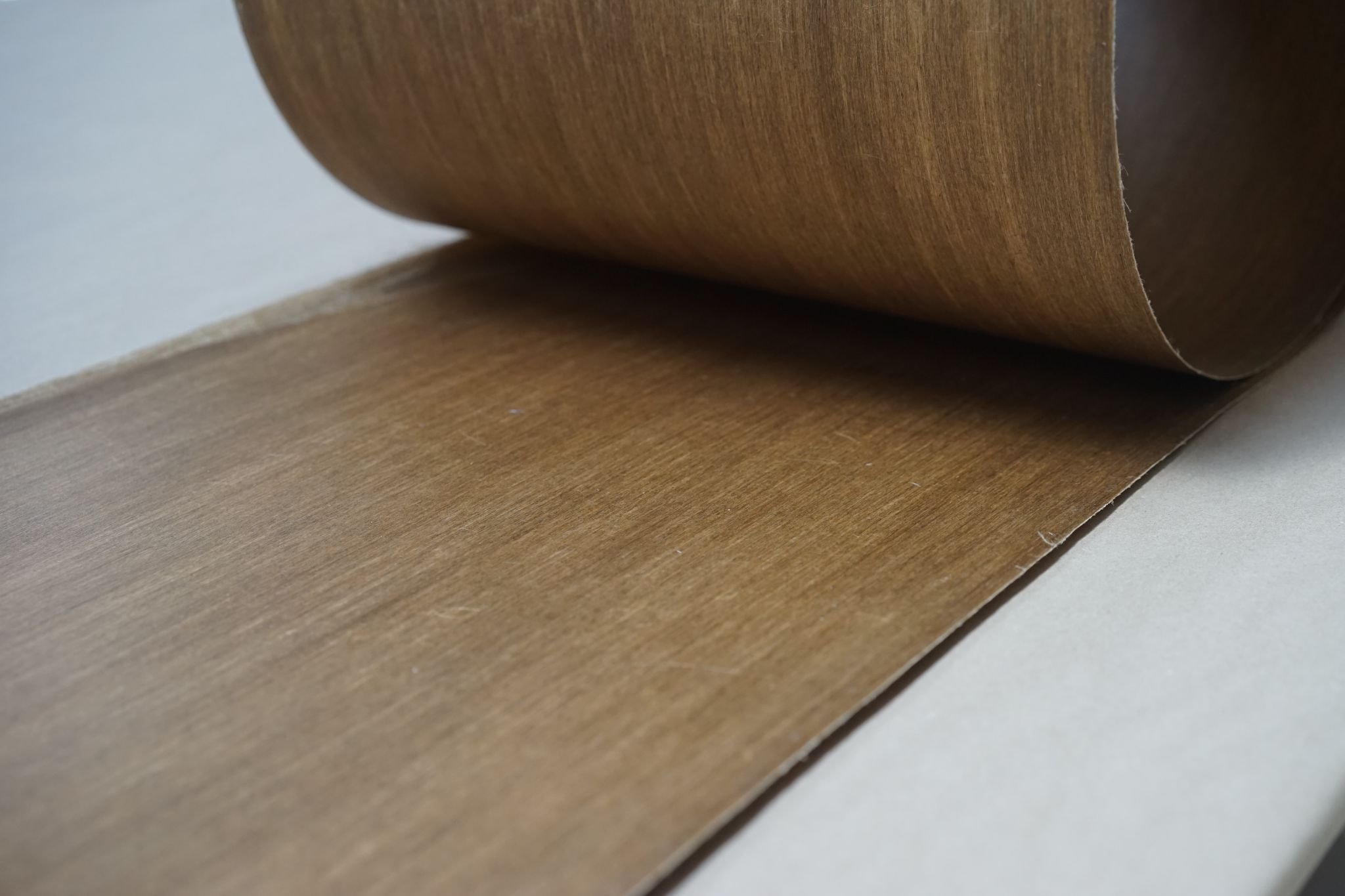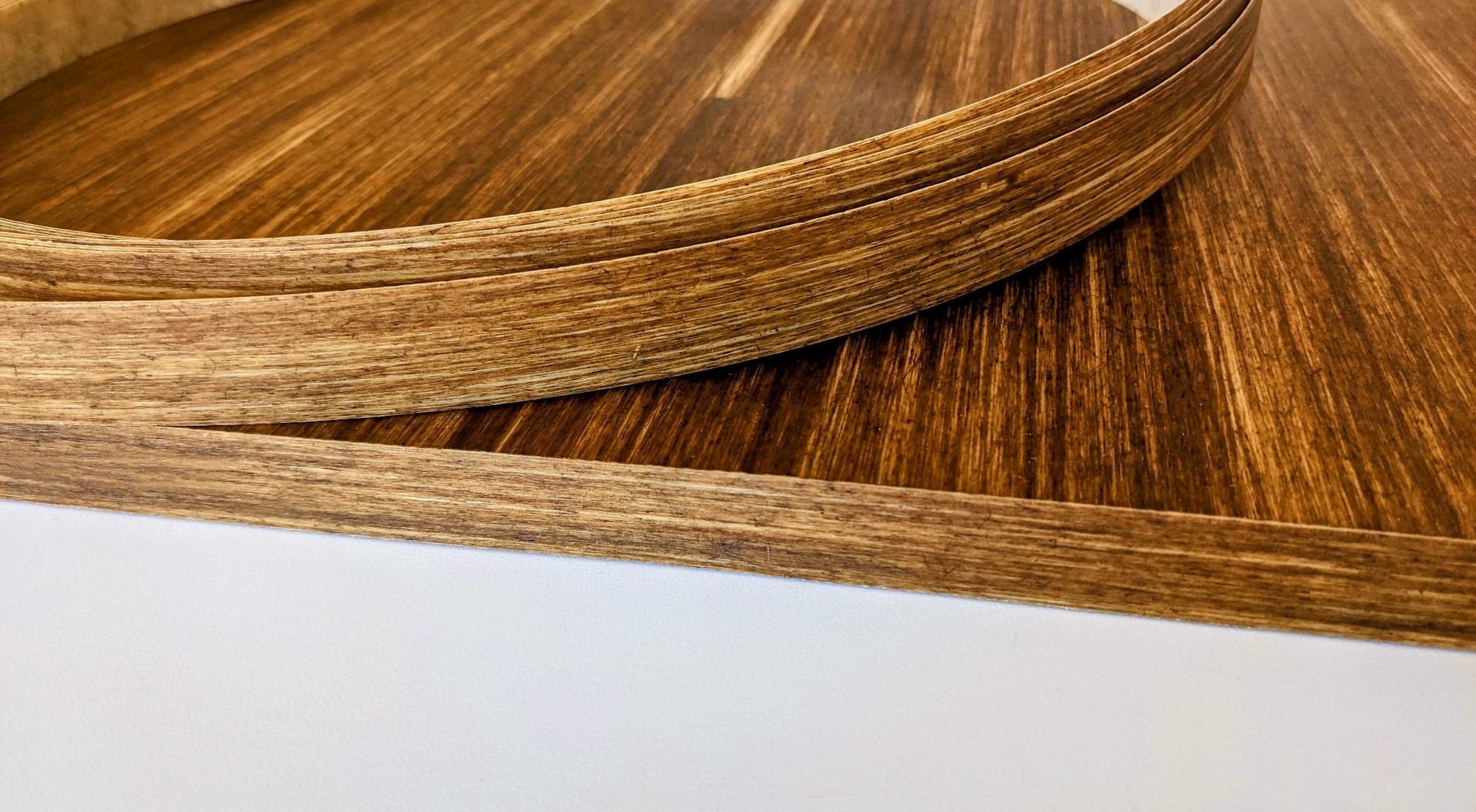Innovators in the architecture and design industries have long sought to shift to renewable and nontoxic resources. Now the challenge is in finding the right high-performance materials and products.
That’s where flax comes in. Combined with natural resins, flax is now used in everything from auto exteriors and interiors to walls, ceilings, and flooring - to deliver high performance and sustainability.




Why flax?
The short answer: flax composites can deliver all of the designer's needs: beauty, sustainability, and performance.
Performance
Flax’s very structure makes it a miracle fiber. With a crystalline structure that is higher than other natural fibers on the market, it is foundationally stronger, stiffer, and more durable than other fibers including hemp, and cotton. Continuous flax fibers also deliver a higher strength-to-weight ratio than steel.
Environmentally Superior
These functional attributes are complementary to Flax’s noteworthy environmental profile. Flax is one of the few plants to sequester more carbon during its 100-day growth period than in the entire cultivation and harvesting process while requiring no irrigation or harmful polluting pesticides. It is - arguably - one of the most sustainable plant products in the world.
Comparative products
Unlike bamboo, flax plants are not water intense or invasive.
Unlike wood, flax is lightweight, minimizing the footprint of processing and transportation.
And unlike traditional carbon fiber or fiberglass, flax fiber is carbon negative and sequesters carbon throughout its cultivation and growth period.
Flax plants capture as much as 1.4 tons of CO2per ton of fiber grown, as opposed to over the 2.5 tons of carbon emitted by fiberglass production.
Bottom line
The properties of flax deliver an exceptionally strong and durable composite - with a luxury natural look, an impressive environmental profile, and performance never seen before in sustainable materials. It’s a material that all designers and architects will be utilized in future years.
We’ve been researching for over 10 years how to turn waste and secondary flax fiber products into the high-performance interior and architectural products - and have achieved a 99.8% plant-based structural skin called Ekoa®, shown here in a few applications:
Want to use flax in your design projects?
For architects and designers, we are ready to support your wall systems, casework, and millwork projects with clean-air eco-veneers - to ensure that you are on top of the trends for health, wellness, and sustainability (and luxury looks) in your projects.
